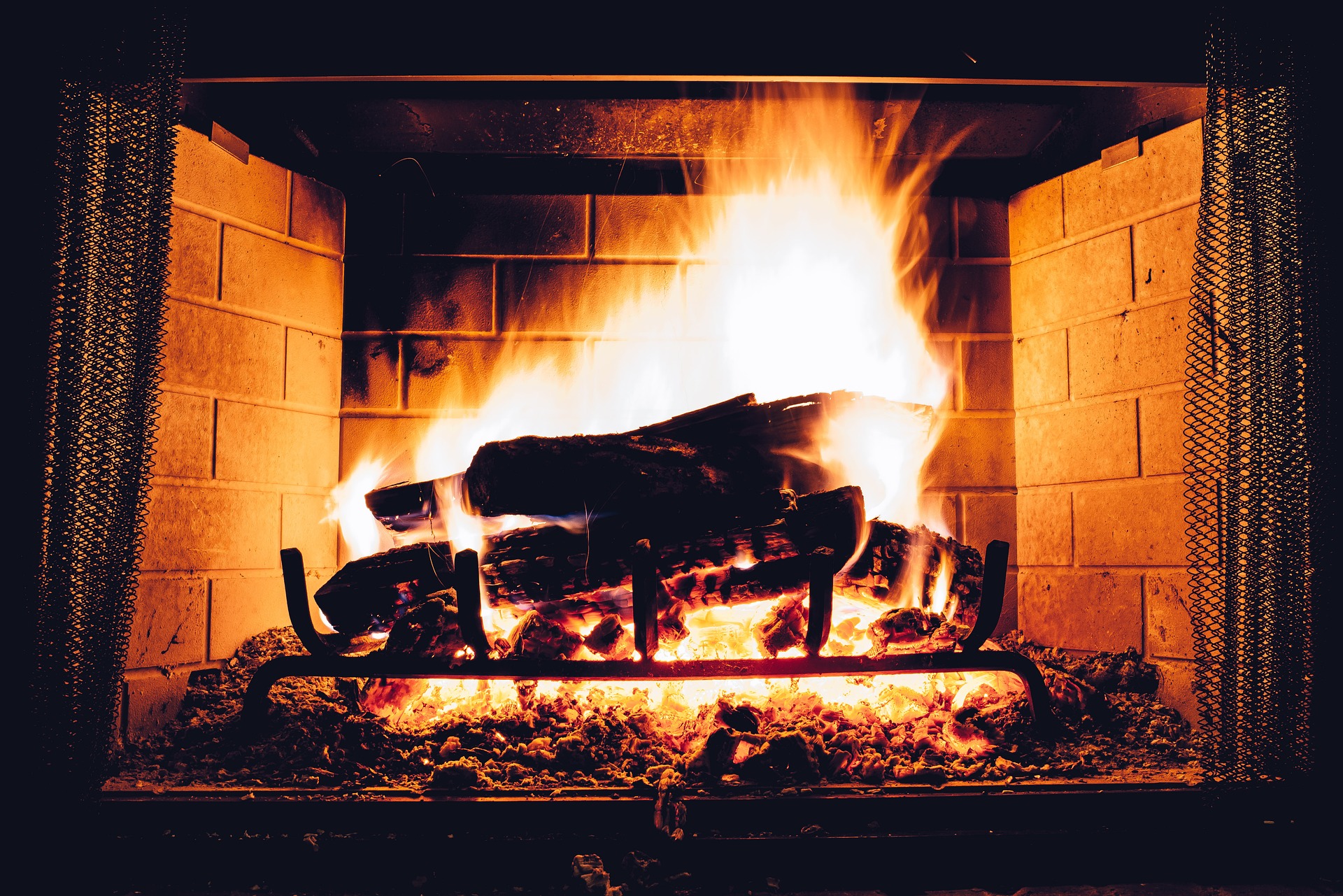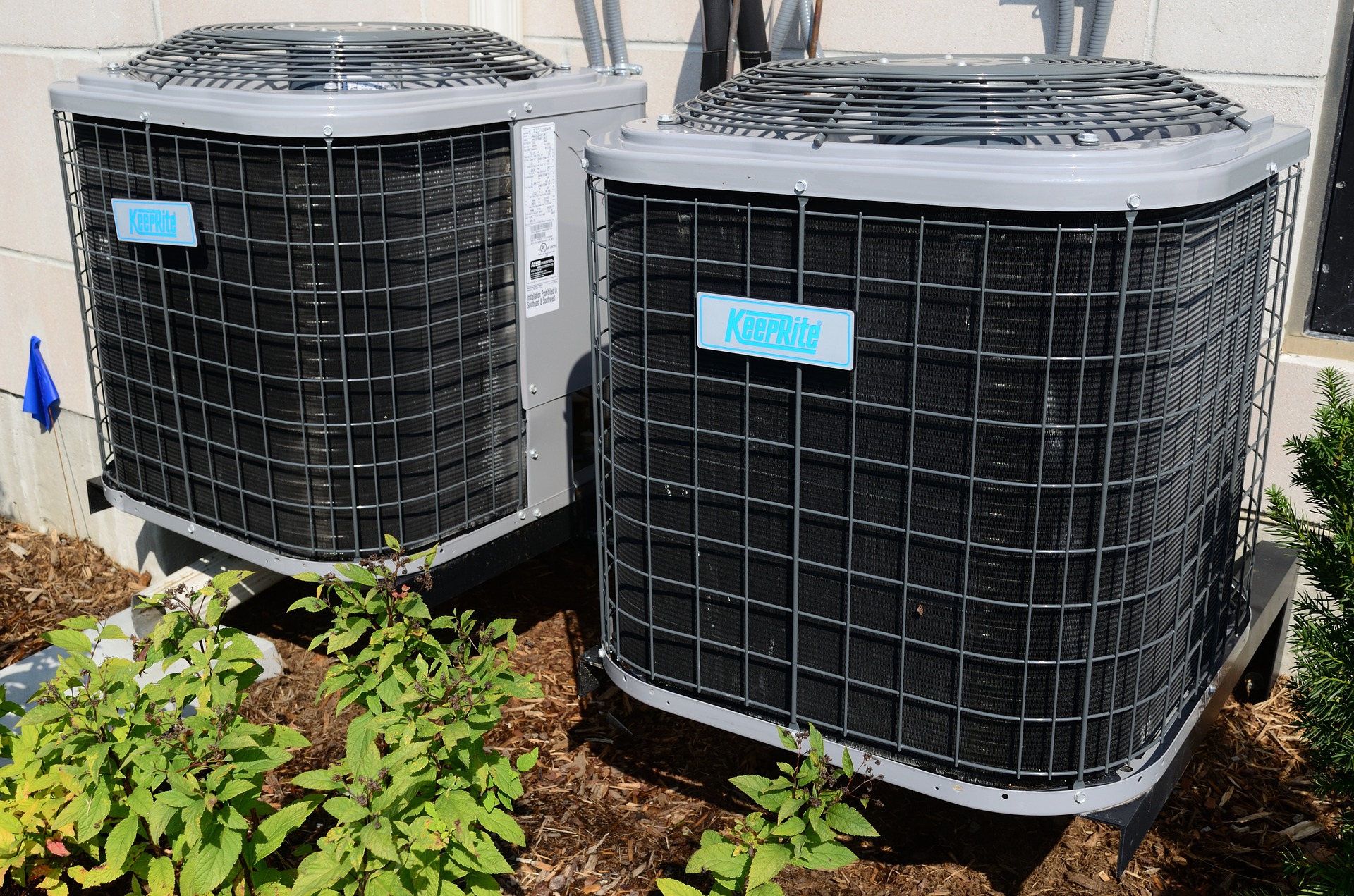When you install a heating and cooling system in your home, you have invested in a bit of home comfort. This system is usually abbreviated to HVAC, which stands for Heating, Ventilation, and Air Conditioning. This system takes care of your cooling, heating, humidity, and indoor air quality.
There are different types of these cooling and heating systems, so your choice will depend on several factors. These factors include your location, temperature, humidity levels, and the vagaries of the season in your area. In this context, we are talking about how hot it gets in summer and how cold it gets during the winter. These factors put together will determine
the cooling and ventilation systems that you should install in your home.
HEATING SYSTEMS

Heating your home is vital during the cold winter months. This is because it gets inconveniently cold at this time of the year. Most people set their thermostats at 66F to 70F. With an average temperature of 68F, you should enjoy the winter in your home because this temperature is just right for you. Here some of the most common heating systems you should consider.
Forced Air
This is the most common type of heating system that most people use. In this system, a blower circulates air across a heat exchanger. Just add an air conditioner to this system, and you get the right temperature.
Heat Pump
This system comes in different forms, but the most common one is the air-source heat pump. In this system, heat pumps provide the right temperature because these pumps heat and cool your home.
Hydronic
As the name implies, the hydronic system works with water. The water gets heated by a boiler, and this water is circulated through radiators in the home.
Radiant
This process heats your home by radiation. A boiler heats the water, and the heated water is circulated through tubing in the walls, ceiling, or floors of the home.
Geothermal
This is a hi-tech heating system. In this case, a heat pump serves your cooling and heating needs using just one system. The main component is a heat pump, and this pump uses the ground or water as its heat source.
Electric
This heating system uses electricity to heat your home. In this case, the heat is supplied through resistance heaters, which makes this system very efficient.
COOLING SYSTEMS

The process of cooling your home is known as air conditioning. This means the removal of heat so that your home gets comfortably cool. In most cases, people aim for a temperate range of 74F to 80F. The recommended average is 78F, and this is just right because it keeps your home comfortably cool. Below are some of the most common cooling systems in use today.
Forced Air
This is a very popular heating/air conditioning system. This system uses a system of ductwork to distribute cooled or heated air throughout your home. The main components of this system are a compressor and a refrigerant between two coils. One is located indoors while the other is located outdoors. This cooling and heating system works perfectly, and it is extremely durable.
Ductless Split System
Most people call this system the split unit system. However, it is a bit different from the traditional split system because each room has an air handler for individual control. For this reason, there is no reason for any ductwork.
VENTILATION
The purpose of ventilation is to control indoor air quality and even humidity levels. The pragmatic thing to do is to control ventilation using the cooling and heating systems of your home.
For instance, your kitchens and bathrooms have systems in place for odor removal and moisture removal. It is important to point out that if these are ducted through certain areas like the attic and the crawlspace, they should be insulated so that condensation does not form in those areas.
One thing you should watch is your clothes dryer. When you use clothes dryers, the moisture is vented to the exterior. This ducting is usually made of the metal pipe because it is the best option for fire prevention. The joints should be properly taped together and you should avoid using screws as these cause lint to collect, which will eventually clog the vent. Note that your clothes dryers should never be vented into the interior of your home. This will contribute to mold growth, cause poor indoor air quality, and even increase humidity.
Note that most of the market heating and cooling systems today do not bring in fresh air into the home. Because homes are built much tighter these days, there is a risk that the indoor air can become stagnant and unhealthy for people living in these houses.
One way to ensure you get fresh air into your homes is to use a heat recovery ventilator. This device works wonders because it draws outdoor air into the home and transfers the heat from the indoor air into the outdoor air using a sophisticated type of heat exchanger.
Finally, Mac has remodeled many homes and has taken his skills to many different construction sites. He owns a home inspection firm and has been in the business of inspecting homes for many years.
